
Senses Detecting the World

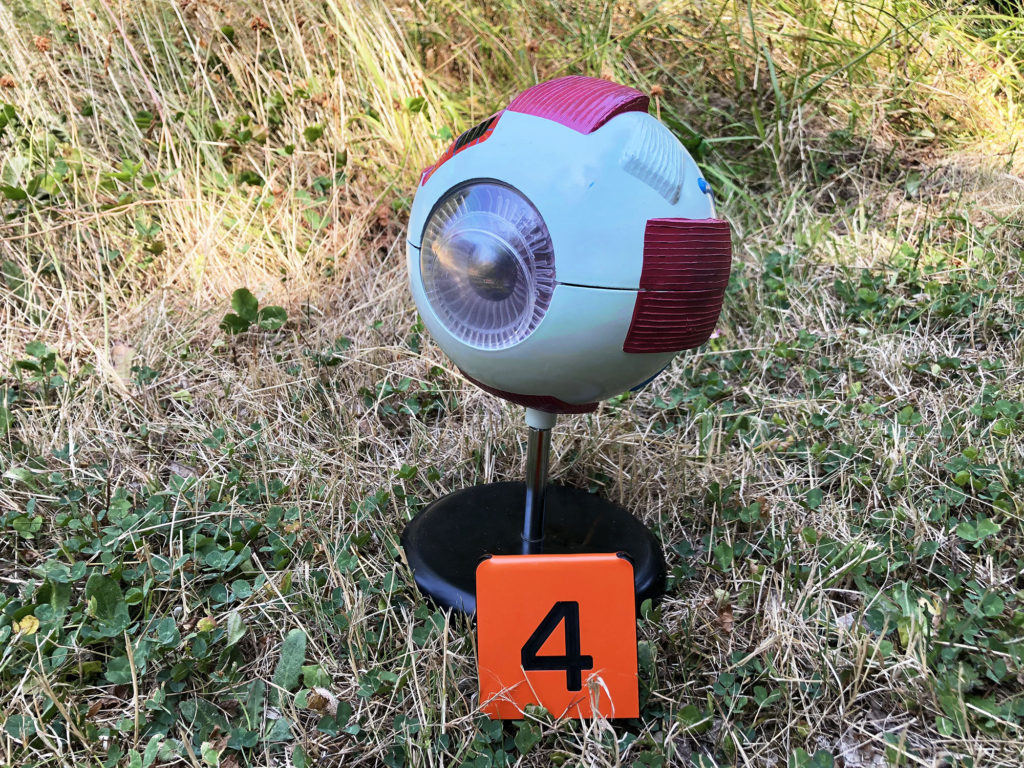
Senses Objectives
- List the five “traditional” senses and provide examples of additional senses.
- Identify eye structures and describe their basic functions, including their role in vision and perception.
- Describe the sensory receptors, potential types of information sent to the brain, and common misconceptions for hearing (audition), taste (gustation), and smell (olfaction).
Senses are the way we collect data to form a perception, or idea, of the world around us.
“Traditional” Senses
These are the senses most people know.
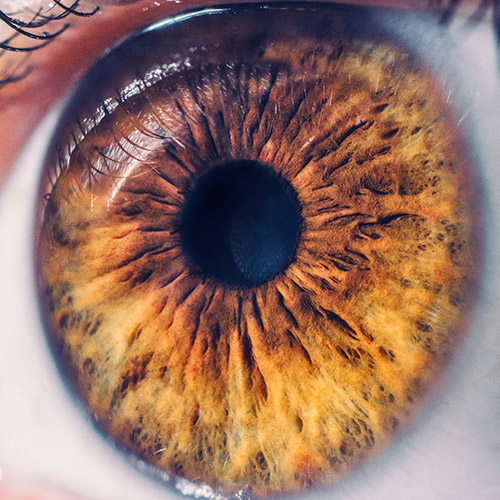
Vision
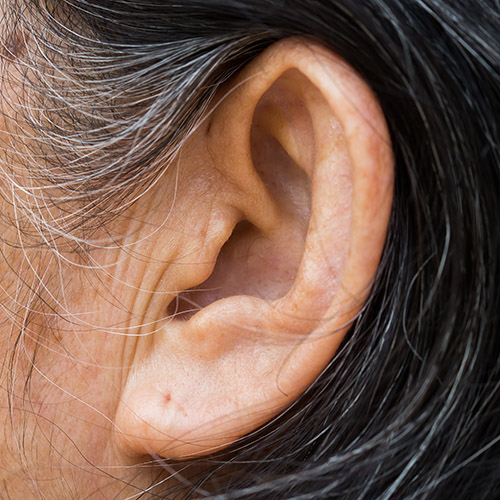
Audition (hearing)
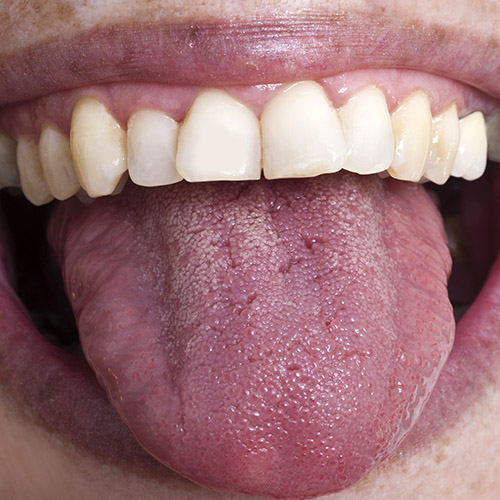
Taste
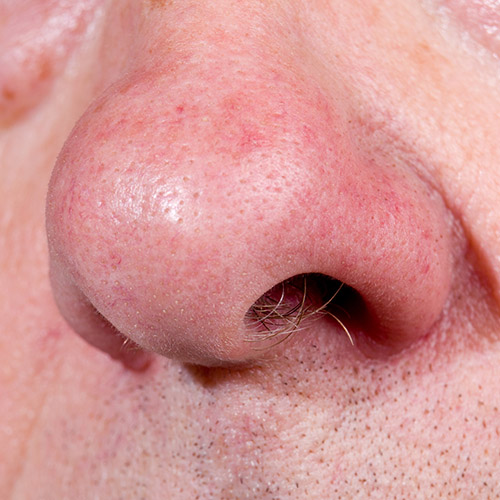
Olfaction (smell)
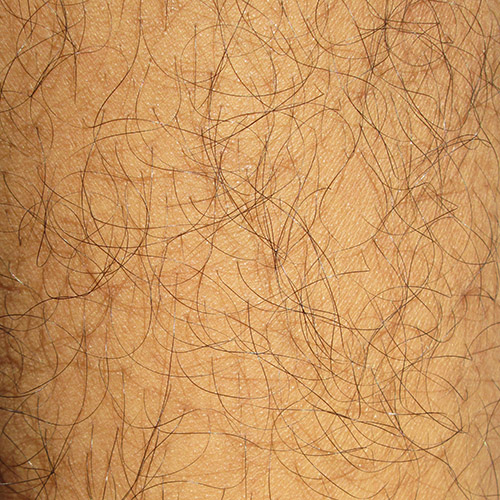
Touch

But wait...
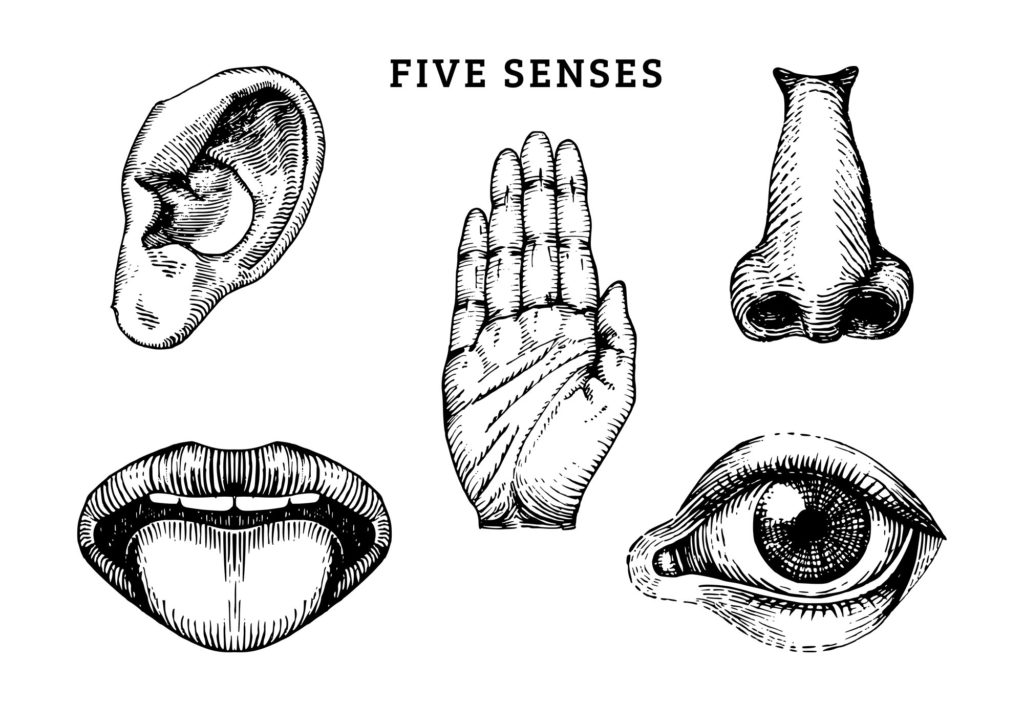
The “traditional” five senses are generated by organs largely dedicated to sensory reception (eyes, ears, nose, tongue, skin).
But there are other senses created by smaller parts of an organ, and/or by multiple organs.
Additional Senses
These senses do not have dedicated organs (like the eyes or ears), and their mechanisms are not typically well understood.

Balance
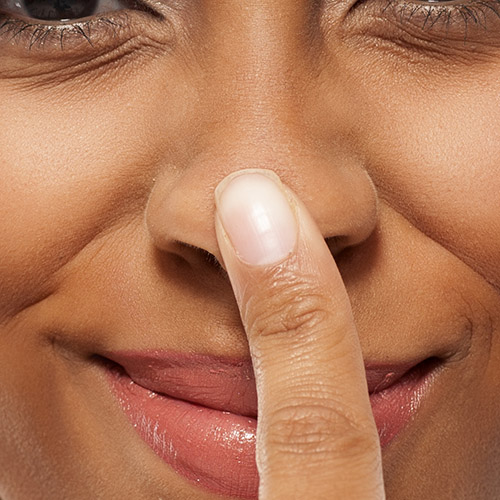
Proprioreception

Pain
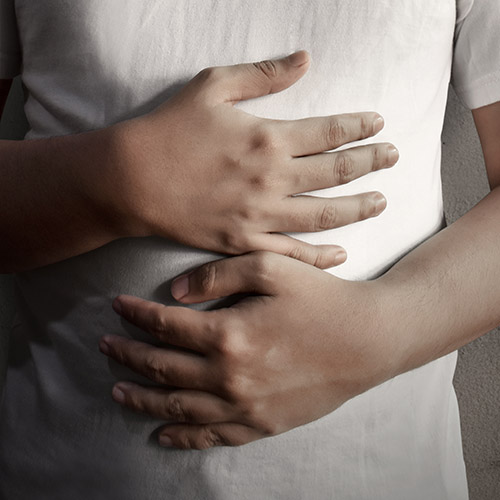
Hunger
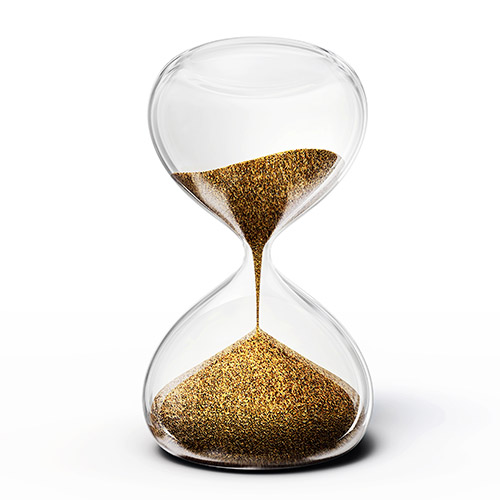
Chronoreception (passage of time)

Assorted Internal Senses
We will focus first on one of the most studied senses: vision.
We are taking a model walk-though of eye anatomy.
A different view of basic eye structures and functions.
Vision is a series of steps involving the eye and brain.
Changes to eye structures can result in visual impairment.
Perception is a combination of stimulus from the receptor cells and interpretation by neurons in the brain. In the case of vision, the receptor cells are _____ and _____. The part of the cerebral cortex that primarily processes visual information is the ____ lobe.
Our senses often work together to create a richer perception of the world.
This is one of a few human biology videos we shot last summer.

Senses connect us to our external and internal environment, analogous to a car’s sensors telling it when something is too close or oil levels are low.
A classic book for understanding the significance of sensory input is Hellen Keller’s autobiography “The Story of My Life,” first published in 1903 and written while the author was still in college.

Now we will compare and contrast three different senses: hearing (audition), taste, and smell (olfaction).
Common misconceptions about human senses
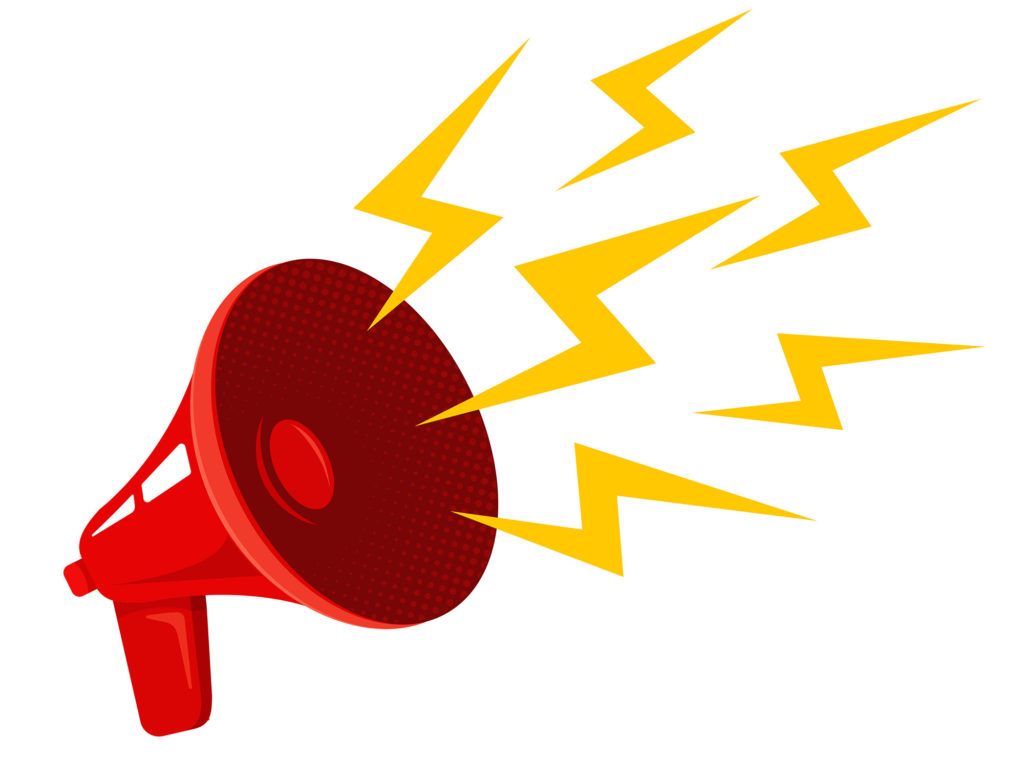
Ear Repair
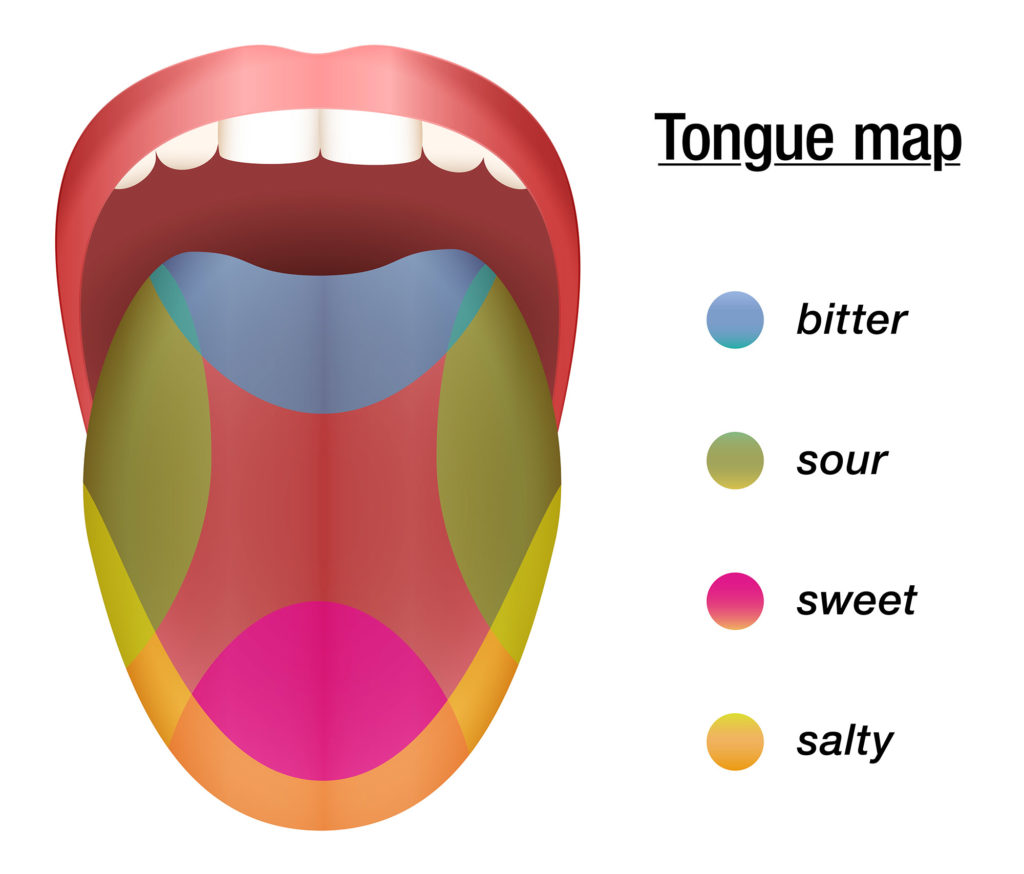
Taste Map
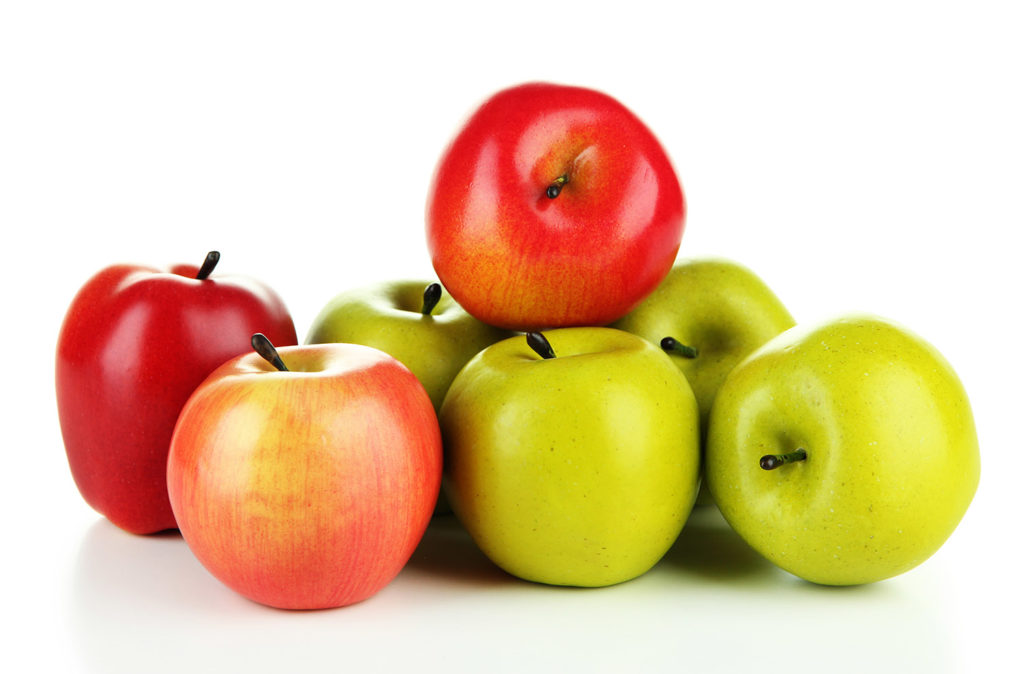
Best Sense?
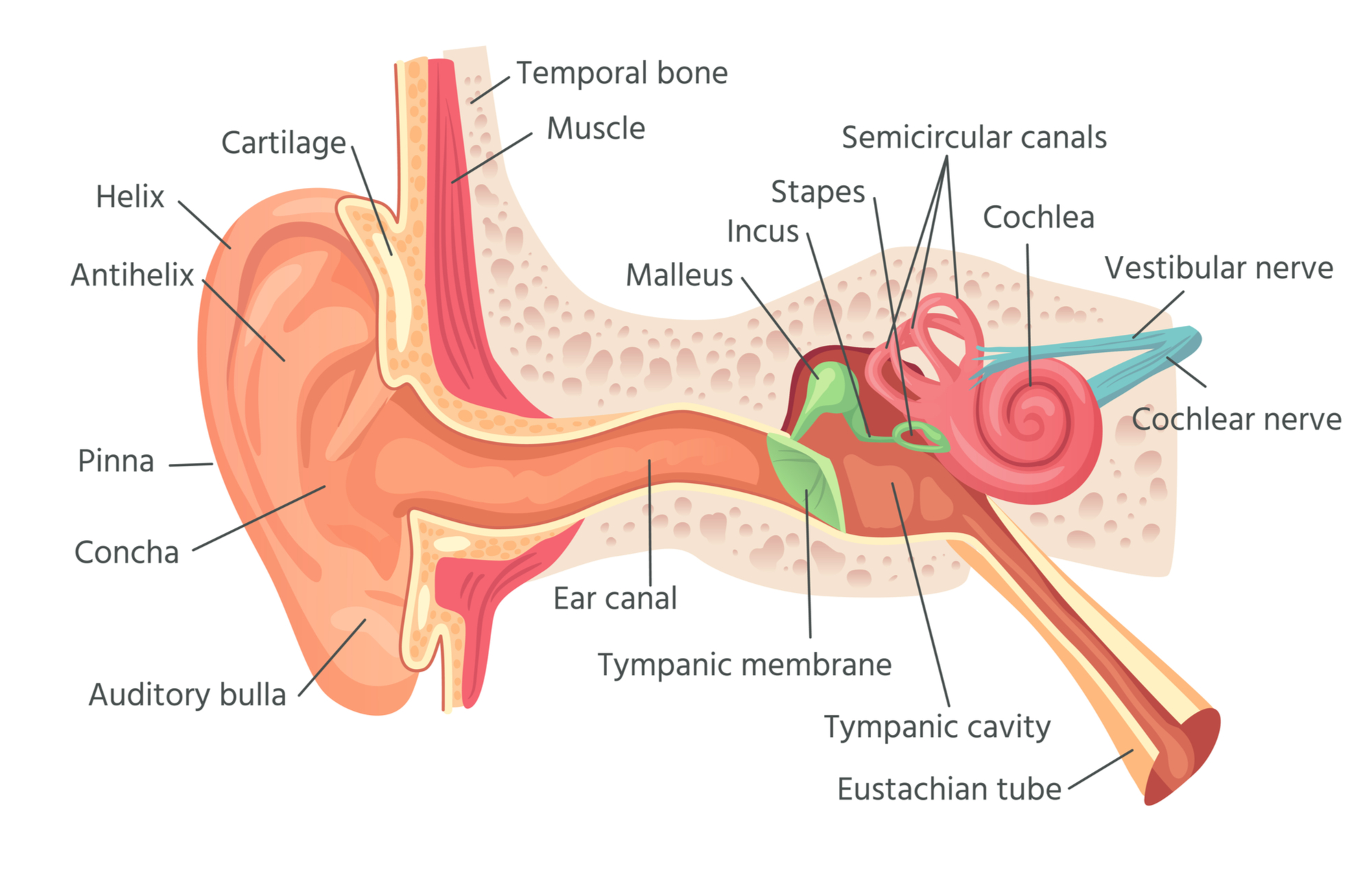
Hearing (Audition)
The ear is analogous to a funnel directing vibrations to the sensory cells located in the cochlea of the inner ear.
The ears have two important sensory roles: hearing and balance.
You may have heard that when you hold a conch or other large shell to your ear, you can hear the ocean. You are actually hearing ambient noise around you amplified in the shell. It acts like a small resonating chamber.

Taste (Gustation)
This model shows the little ridges on the tongue (papillae) that have valleys lined with taste buds.
A magnification of tongue tissue clearly shows the papillae and taste buds.
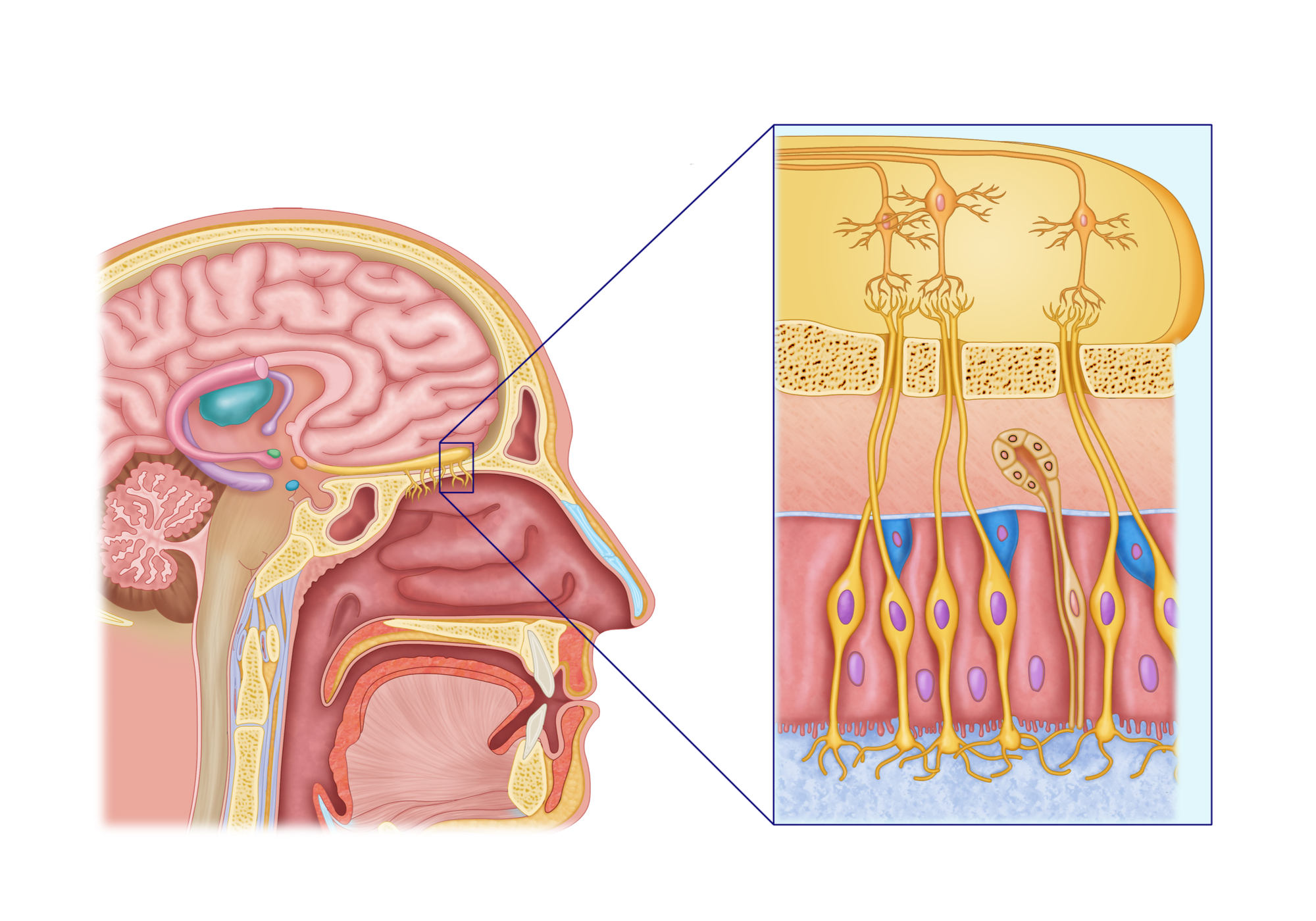
Smell (Olfaction)
Ciliated receptor cells in the nasal epithelium at the roof of the nasal cavity bind to odor molecules, sending signals through an olfactory nerve to the brain.
Dogs have a better sense of smell than humans do, and its not just because they have large moist noses that are often close to the ground. Dogs, and their ancestors the wolves, have more ciliated receptor cells in their olfactory epithelium.
This scent memory demo demonstrates the hedonic scale you will be using in the next journal assignment.
Start this Guide’s second journal assignment here
Journal Page #10: Sensory Experience
For this journal assignment you are trying a novel (new) sensory experience and describing the experience on the hedonic scale.
First, select a sensation that you have not experienced before. It could be a new combination of tastes, a new scent, trying a type of music, making a new mix of textures, etc.
The journal page you are turning in includes the following three components:
- An explanation of why you selected this particular sensory experience.
- A description of the experience.
- A rating of your novel sensory experience using the hedonic scale.
You can submit text, text and photos, and/or a video.
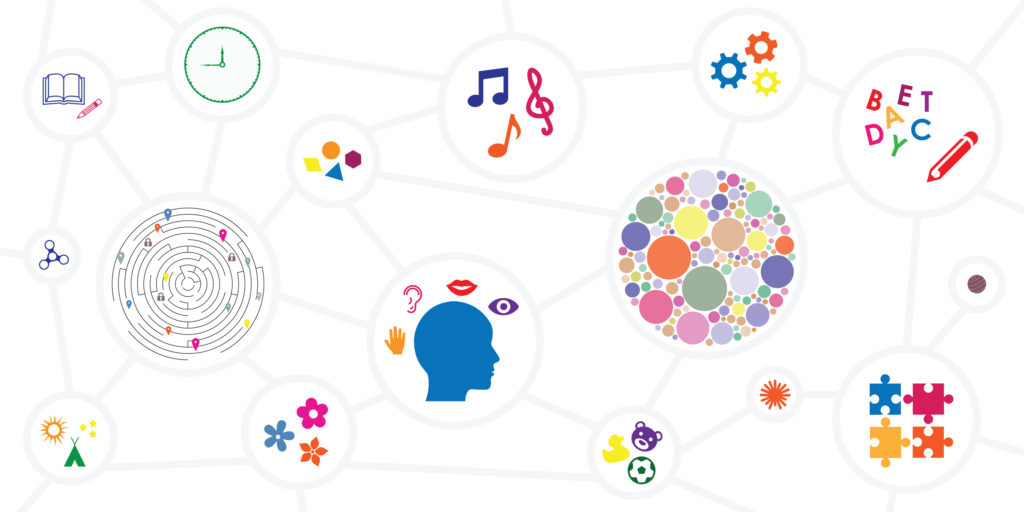
Note: Exercise safety in your selection and execution of this media piece. Also, keep the description appropriate for a wide audience. In other words, don’t shock the graders.
This is the end of Guide 5’s content. After you check your knowledge over the material, proceed to the product page.
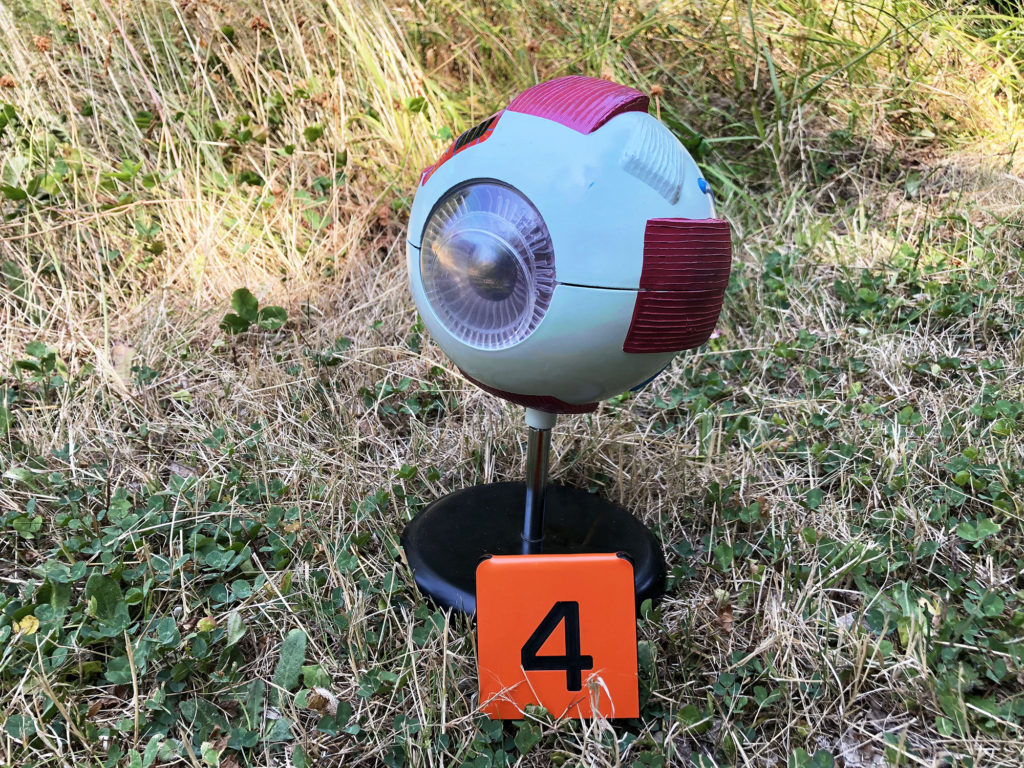
Check your knowledge. Can you:
- list the five “traditional” senses and provide examples of additional senses?
- identify eye structures and describe their basic functions, including their role in vision and perception?
- describe the sensory receptors, potential types of information sent to the brain, and common misconceptions for hearing (audition), taste (gustation), and smell (olfaction)?



